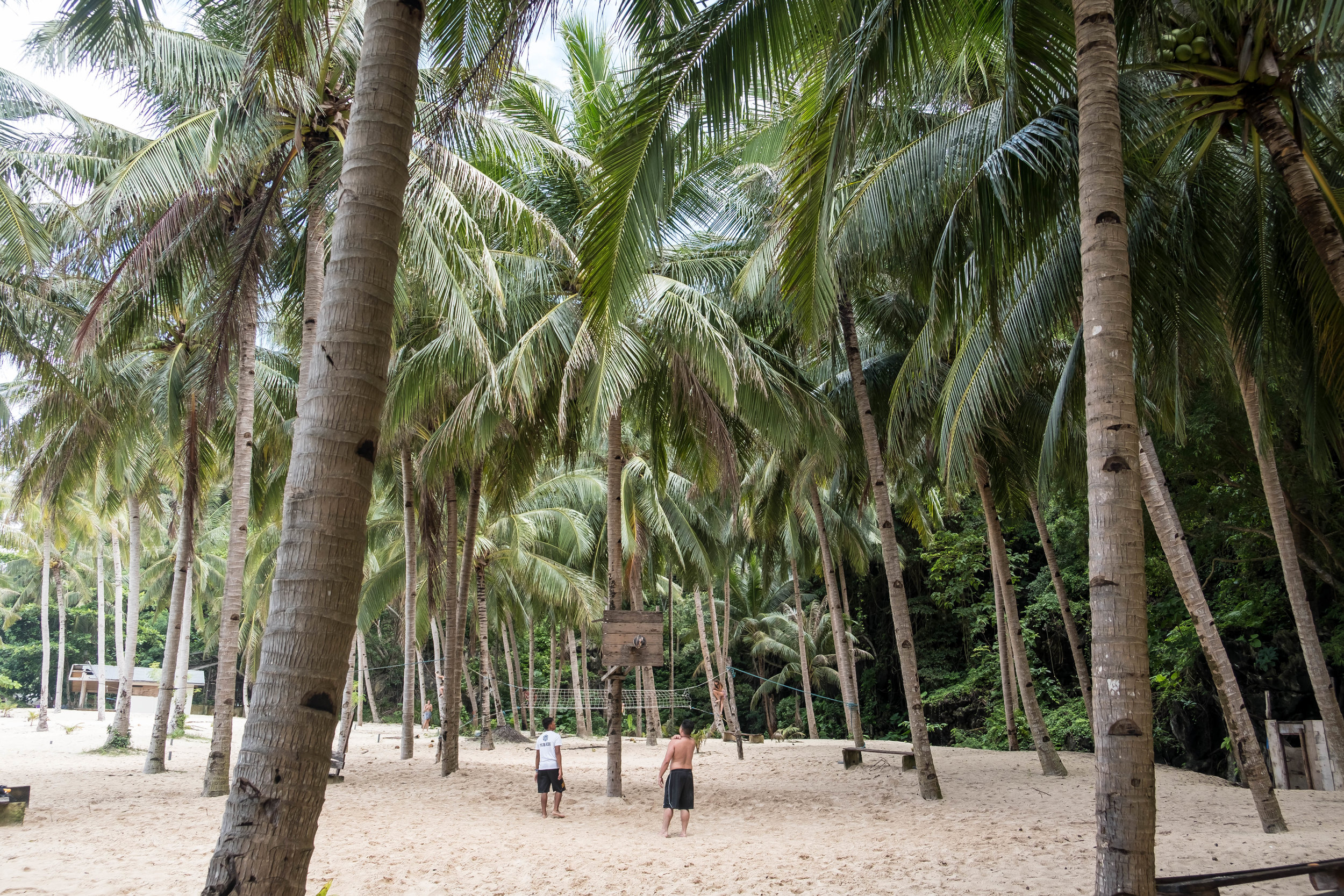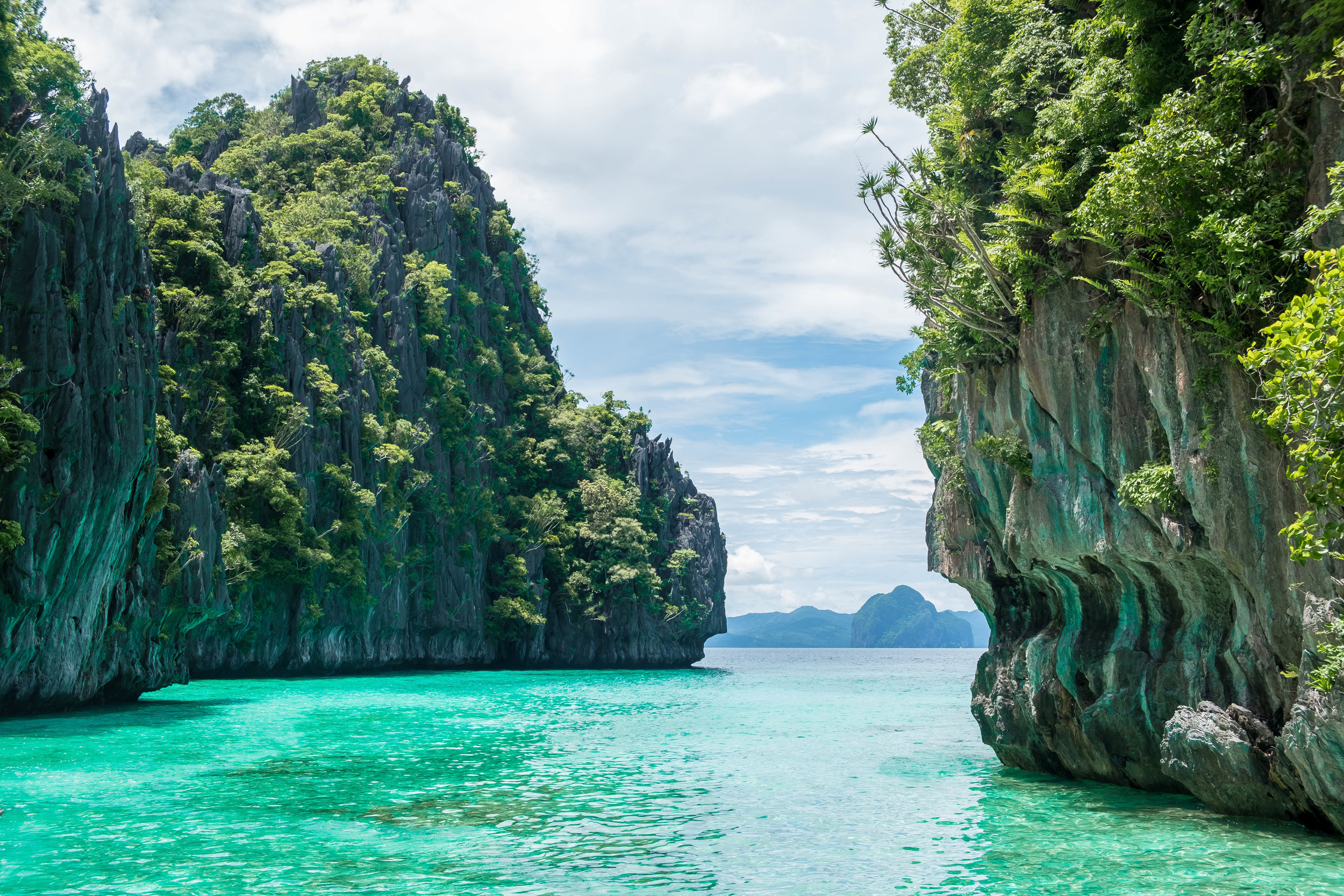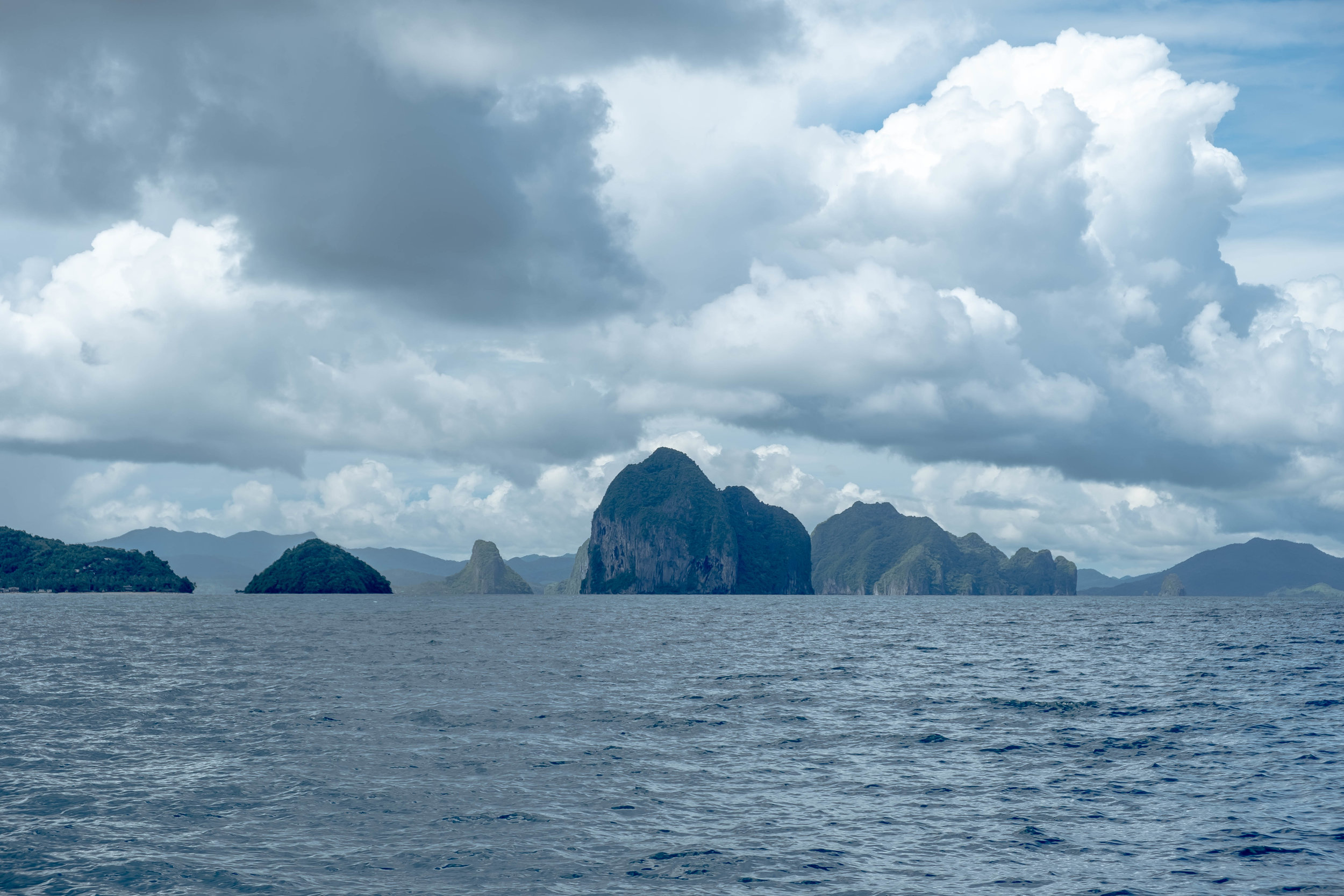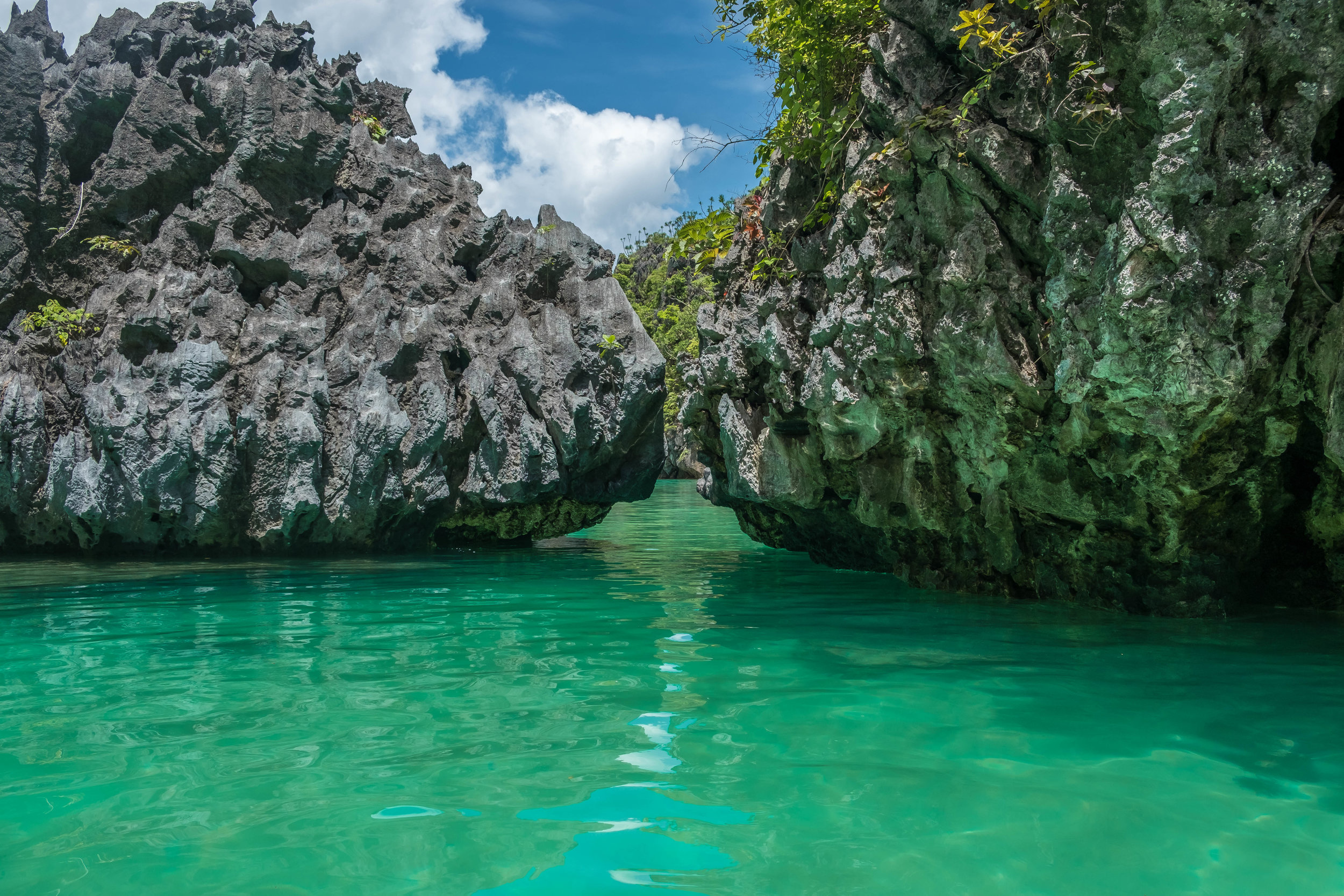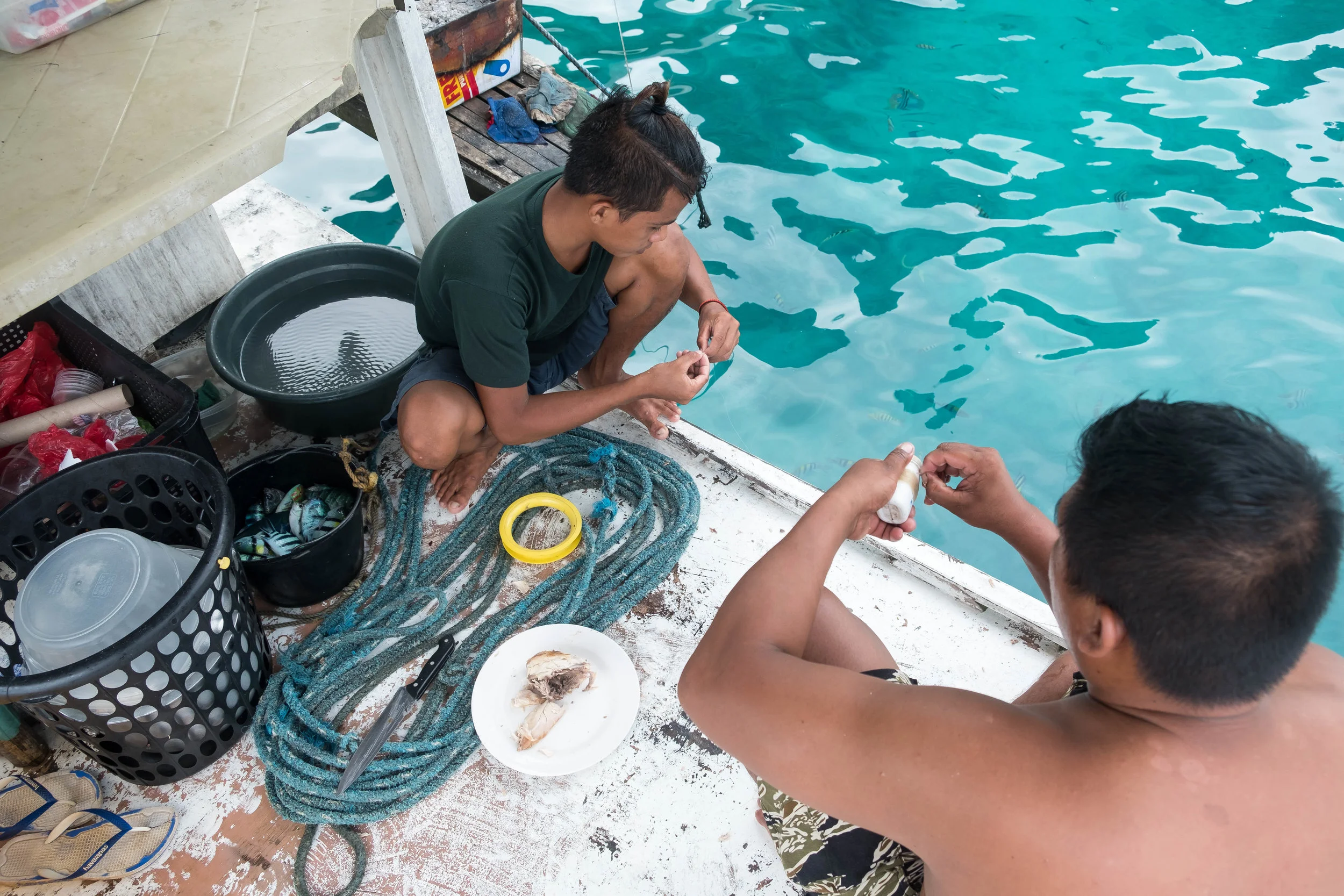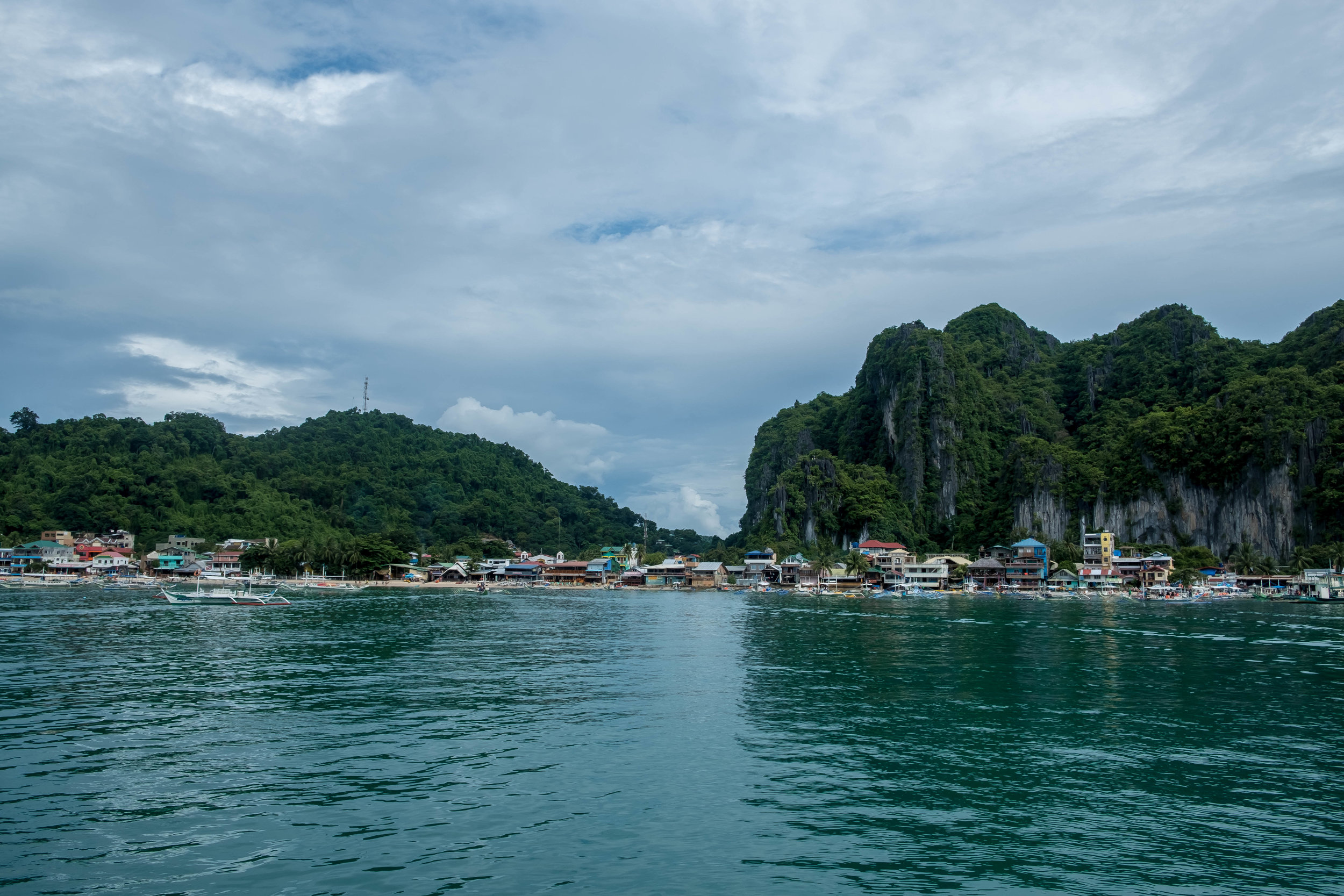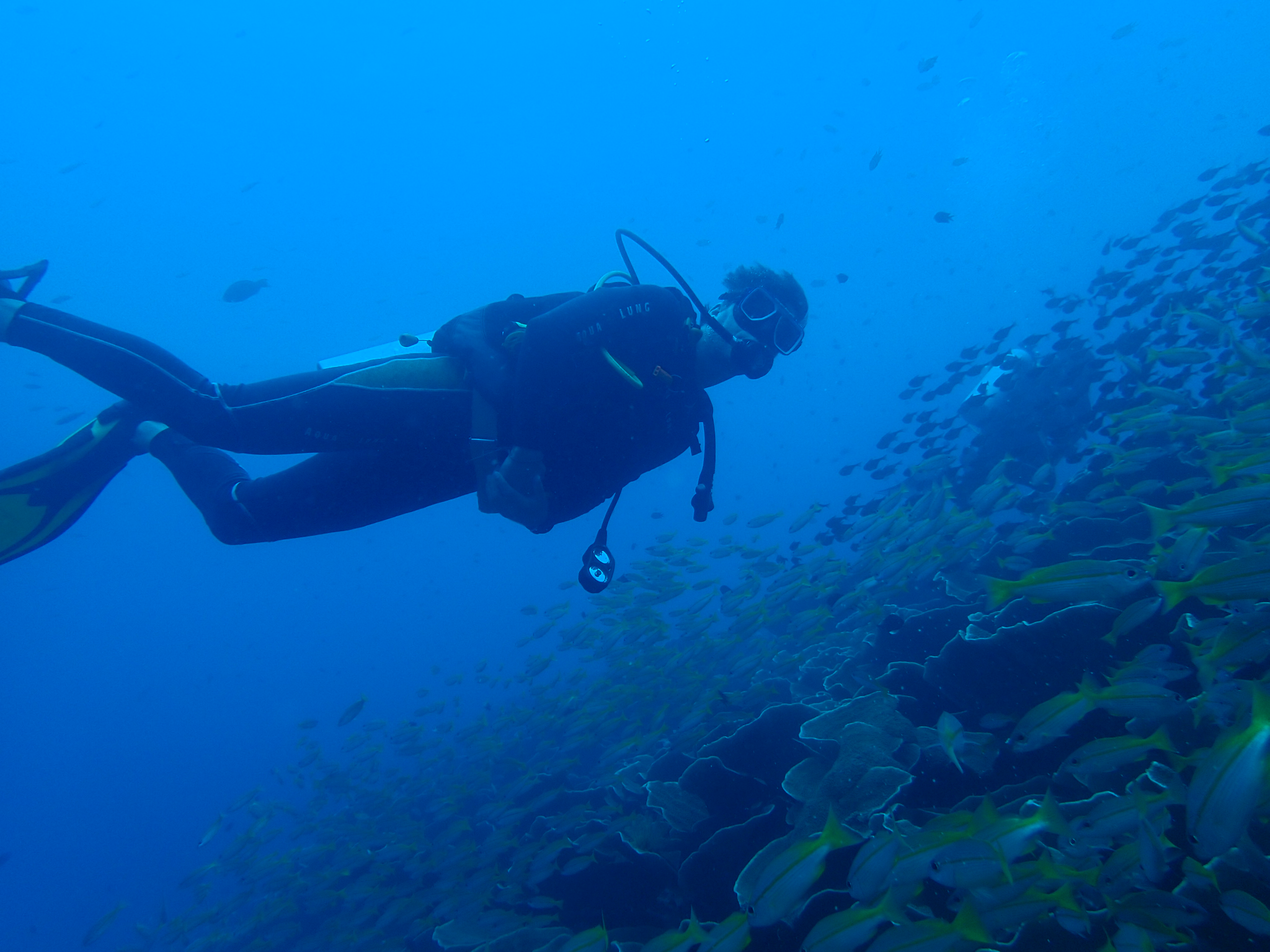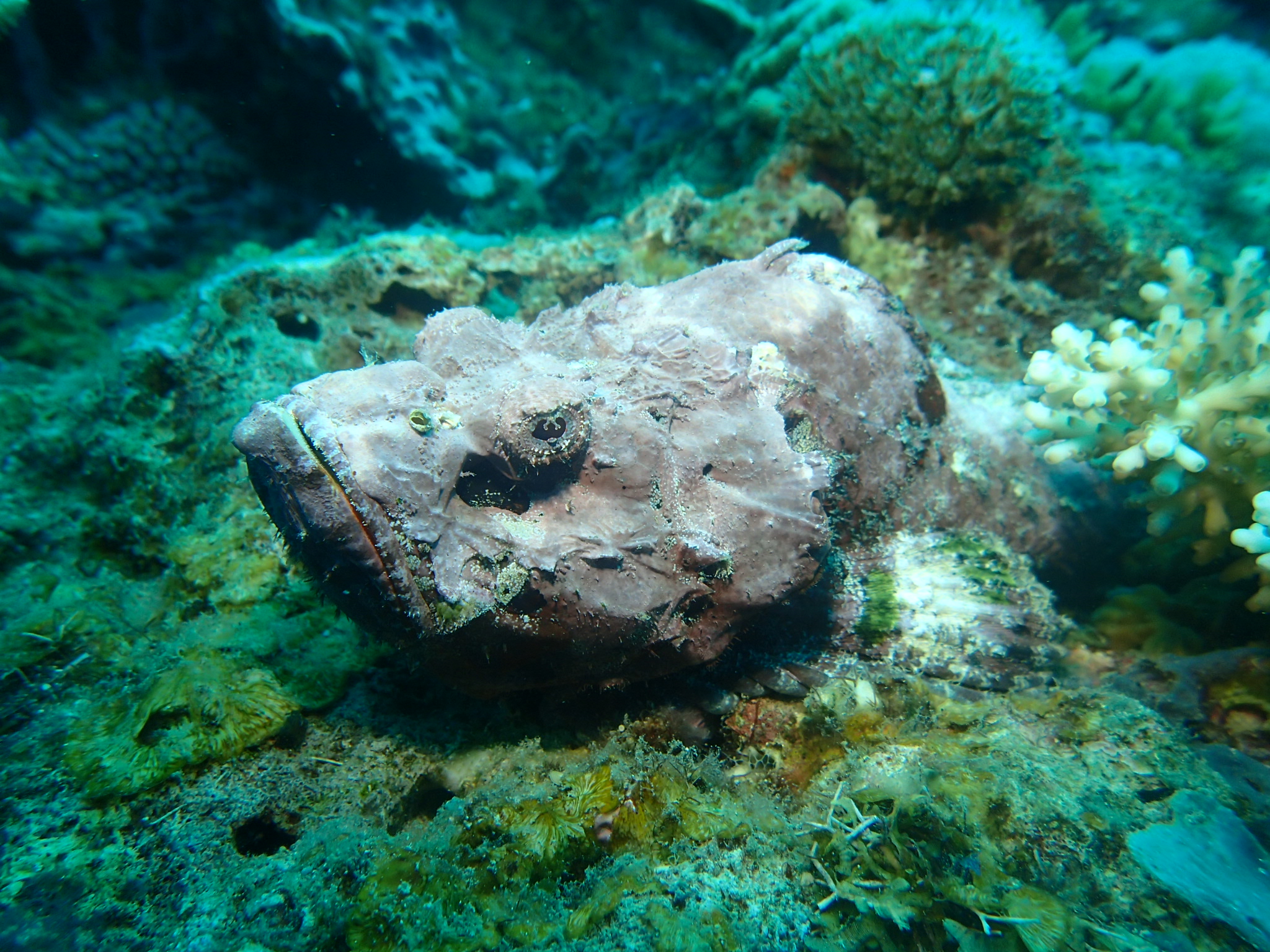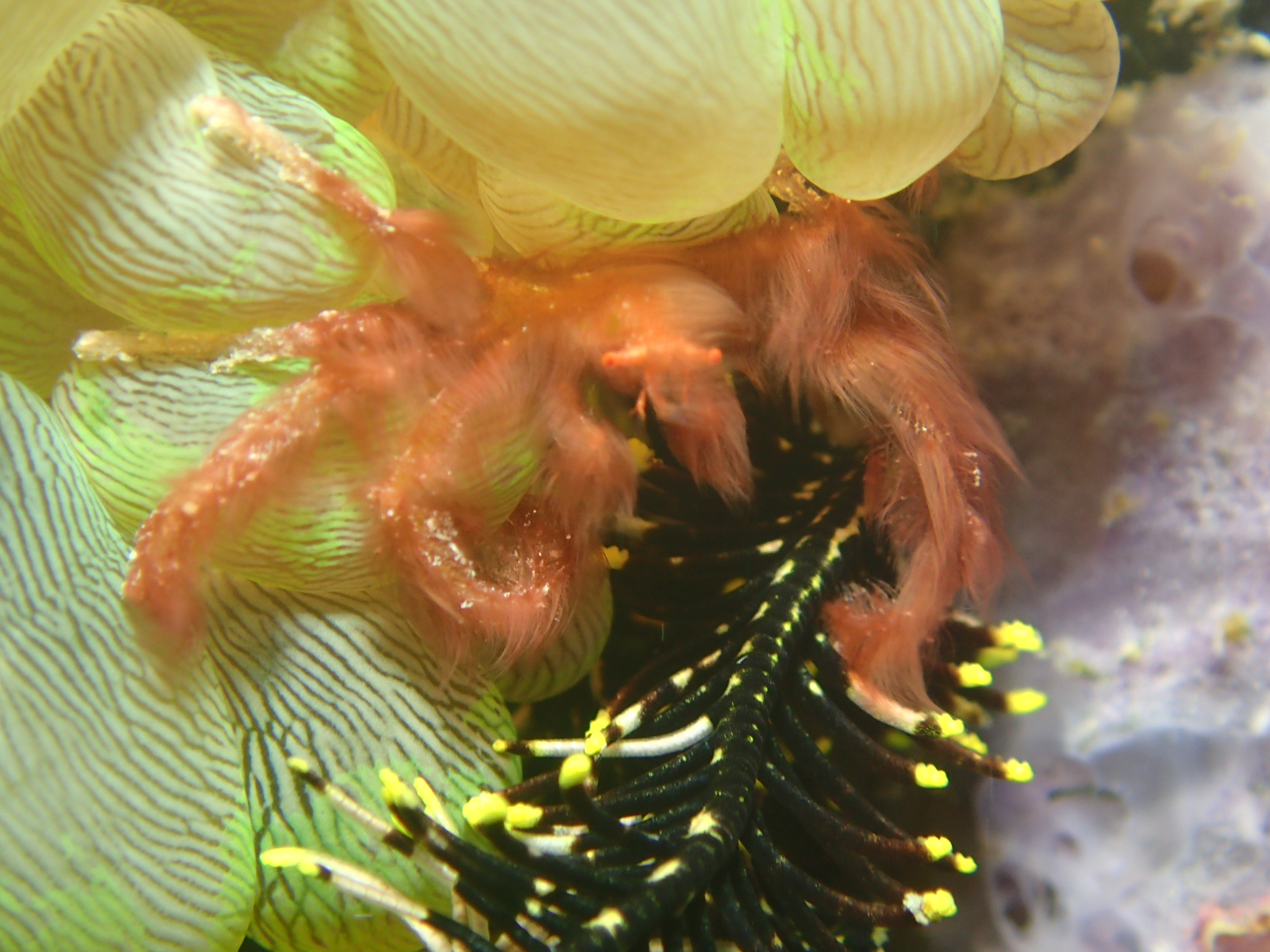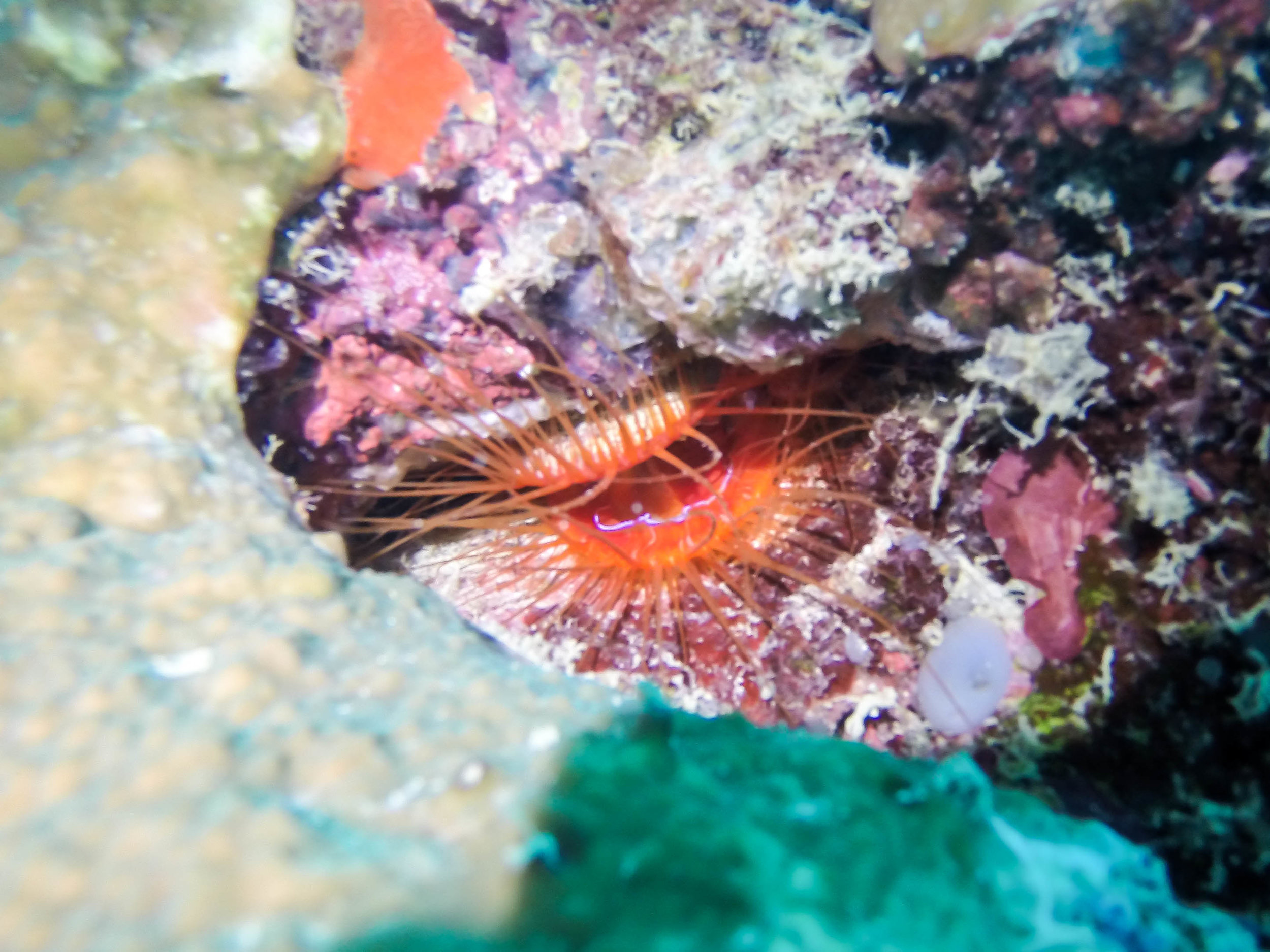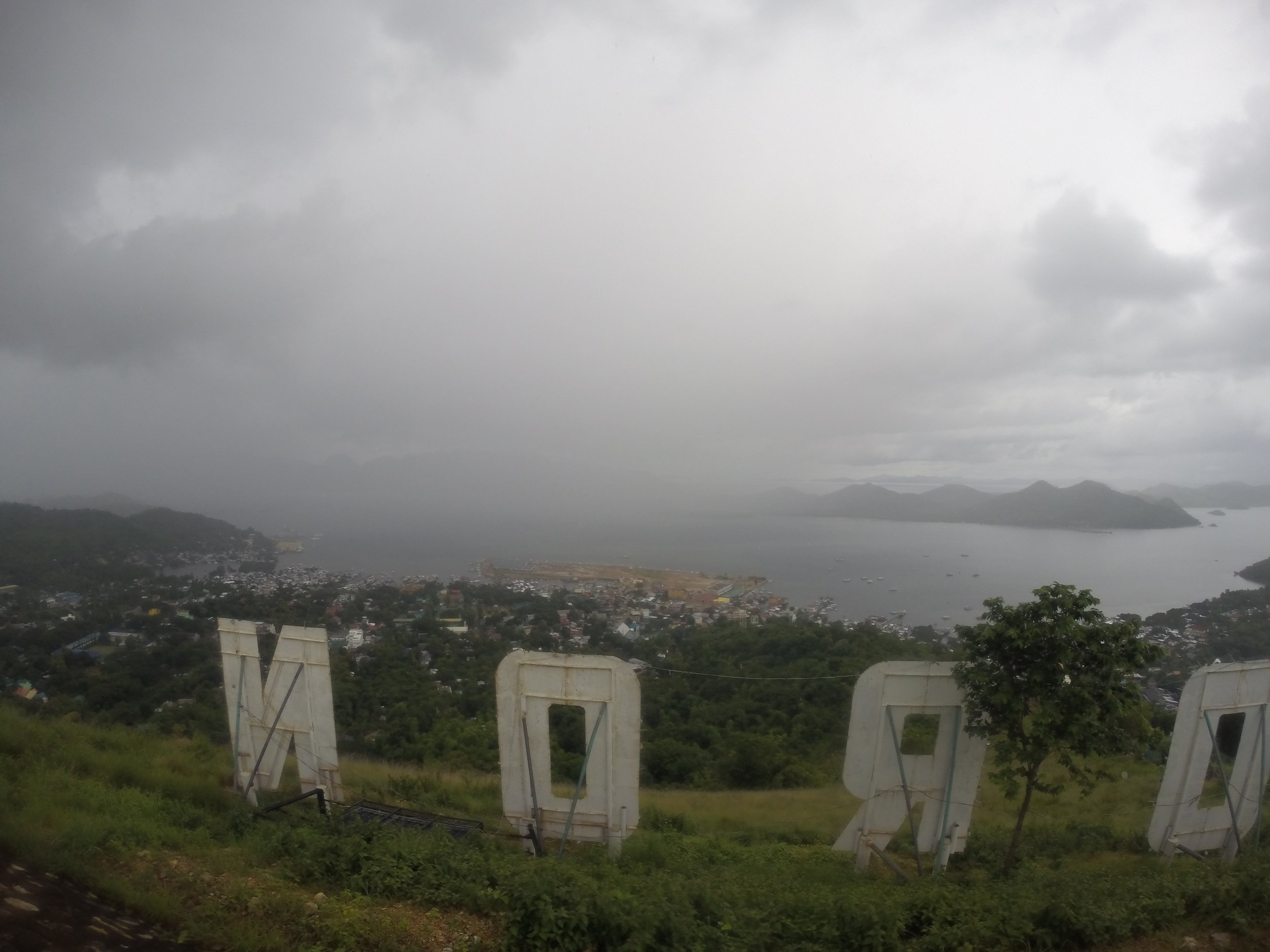Hanging Coffins and Rice Fields of the Philippines
(*** My camera broke and the few photos I have are from a GoPro)
Hanging Coffins of Sagada
Nestled in the hills of the Cordillera Mountain Province of the Philippines lies the town called Sagada. The most popular attractions are the caves to explore, but while I was there a small typhoon came through the region raising the water levels, making the caves too dangerous to explore. Luckily, I wasn’t very interested in exploring the caves. I wanted to see the hanging coffins.
Echo Valley
On various cliff walls and inside small caves around the town of Sagada are coffins. The most well-known hanging coffins site is echo valley. At first look, it appears that there are coffins for both adults and children on the wall. However, the smaller coffins are not for children but follows the older traditional method of laying the bodies down in the fetal position. It wasn't until the 333-year occupation Spain, that Christianity spread throughout the country and the coffins were elongated to the western style we are more familiar with.
Coffins in a cave
There are a couple other places in the world (China and Indonesia) where hanging coffins can also be found. This was my first time seeing hanging coffins and I asked many locals why the dead were laid to rest this way. I learned that the bodies are put in hanging coffins in order to stop animals from getting to the bodies and allow the spirits to roam freely through nature. Besides hanging them off walls, coffins were stacked in caves or lowered down into holes in the cliff side with ropes. According to a few locals, hanging coffins are rarely used now. Only 3% of the community chooses to be buried in the traditional way. The last time someone was placed into a hanging coffin was in 2012.
Looking down on Sagada
When I wasn’t strolling around the valley, I was spending time with the wonderful manager, Joseph, of the lodge I was staying at. After an evening drinking Filipino brandy, Emperador, I found myself with a new friend who gave me an unforgettable dose of hospitality and one of those traveling experiences I cherish. If you ever find yourself in Sagada stay at Villa D’Familia and ask for Joseph.
Catching Tilapia with a net with Joseph - had it for lunch later
Rice Fields of Batad
Not far from Sagada is the much smaller mountain village famous for its rice paddies, Batad. You used to have hike hours to reach the village, but a new road takes you close enough that the village can be reached after a ten-minute walk. Unfortunately, I arrived during the end of the harvest season and most of the rice had already been collected. While I didn’t get the most beautiful pictures of the paddies, I did further my rice education which began in northeast India.
Batad
The homestay I was staying at had bushels of rice everywhere. As it was also the rainy season, locals have to take advantage of the few rays of sunlight to dry out the bushels. After the stalks of rice are dry they get pounded to separate the rice from the stalks and casings. Bushels are put into a large equivalent of a pestle and mortar. Each bushel contains about two kilograms of rice and it takes about 20 minutes of pounding the rice to get it separated. After that the rice is good to cook and eat.
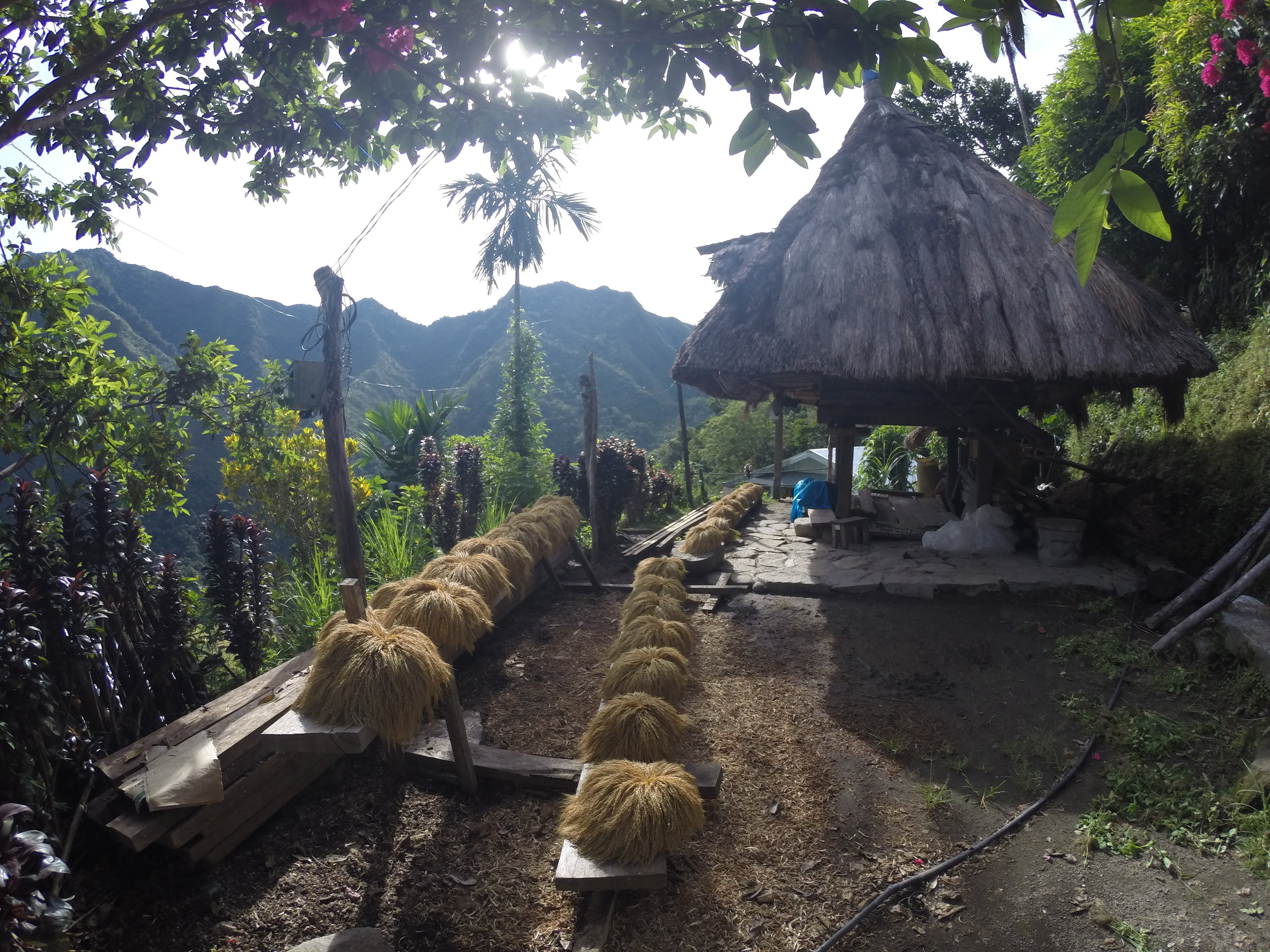
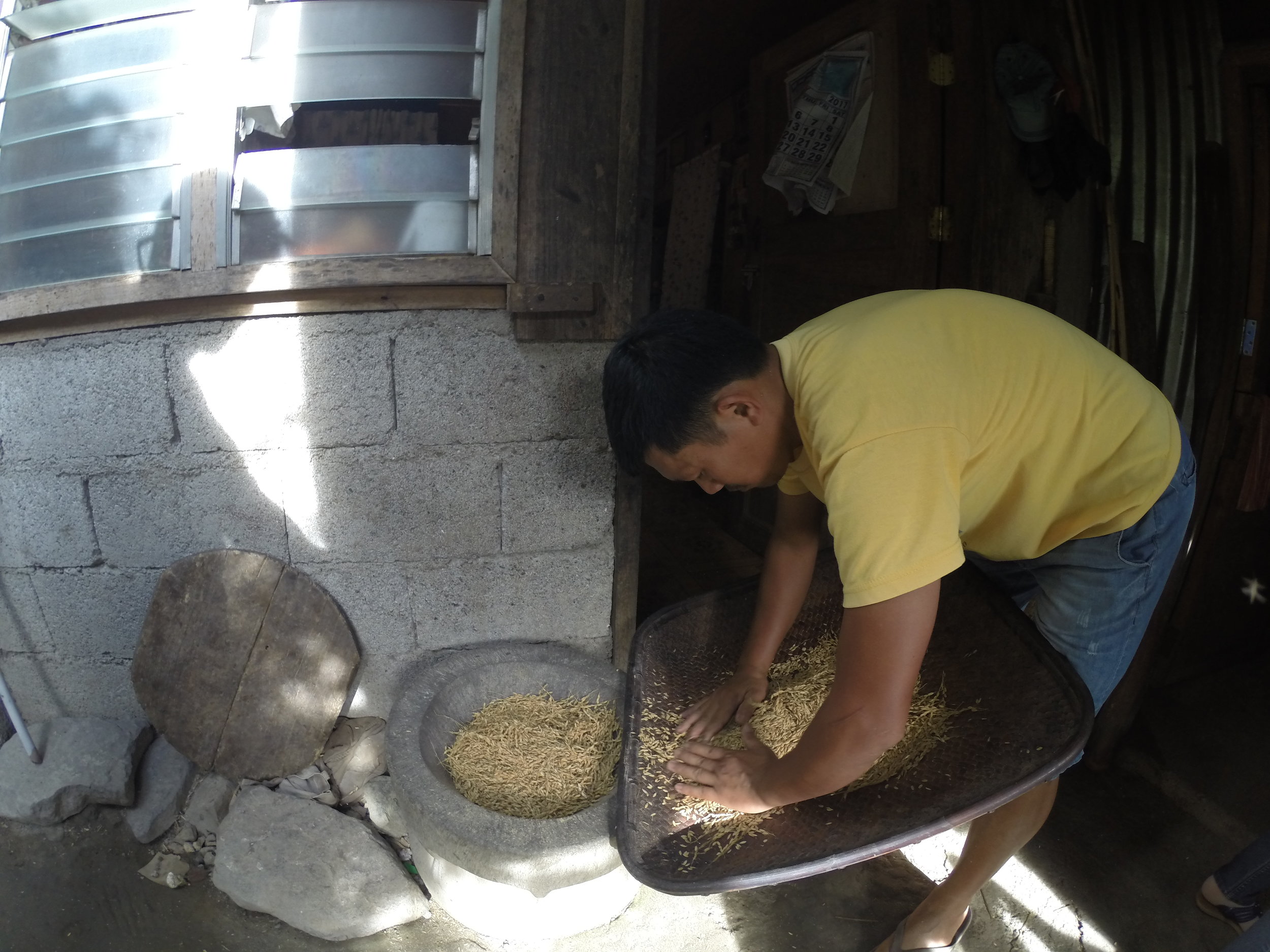
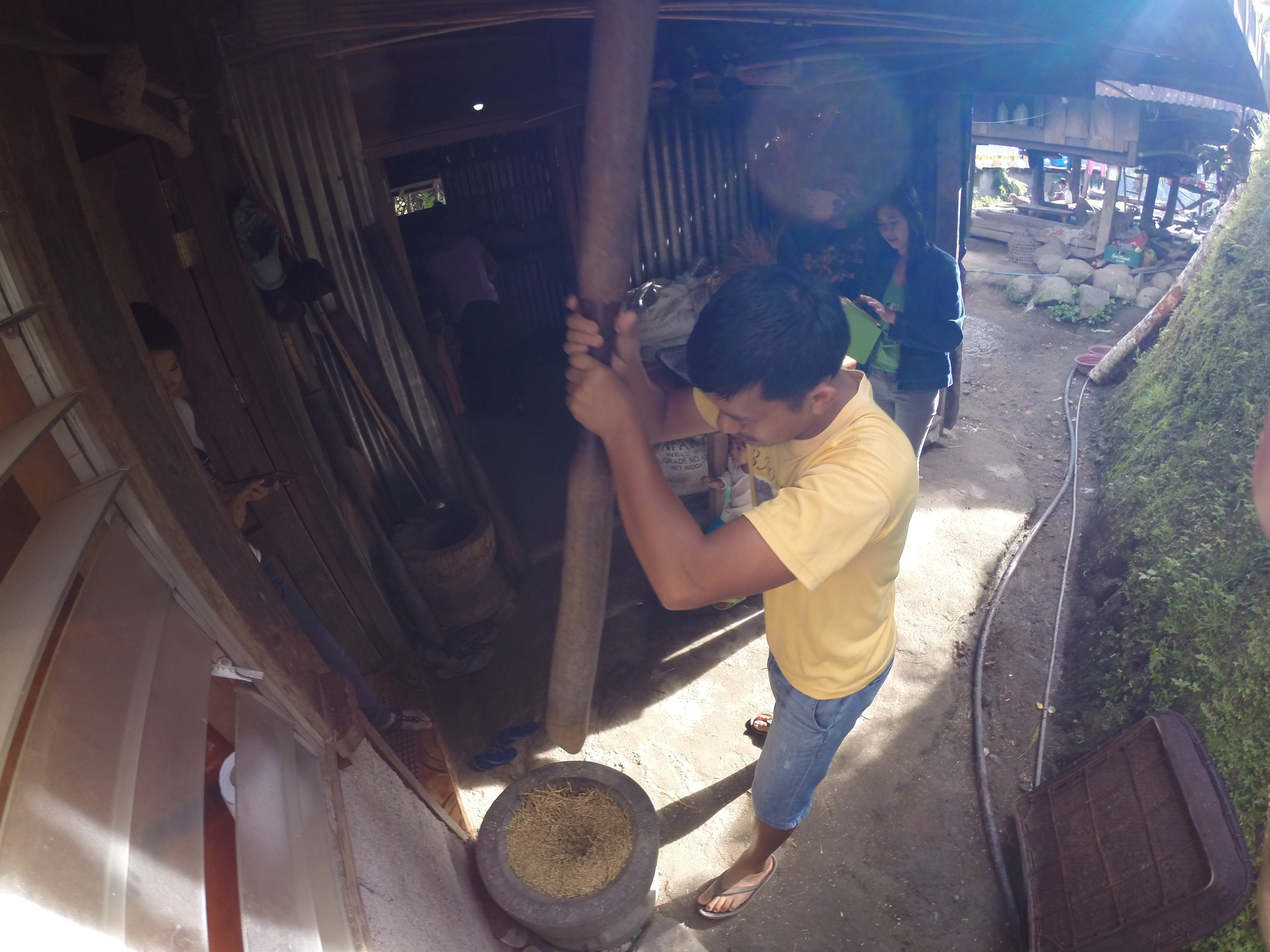
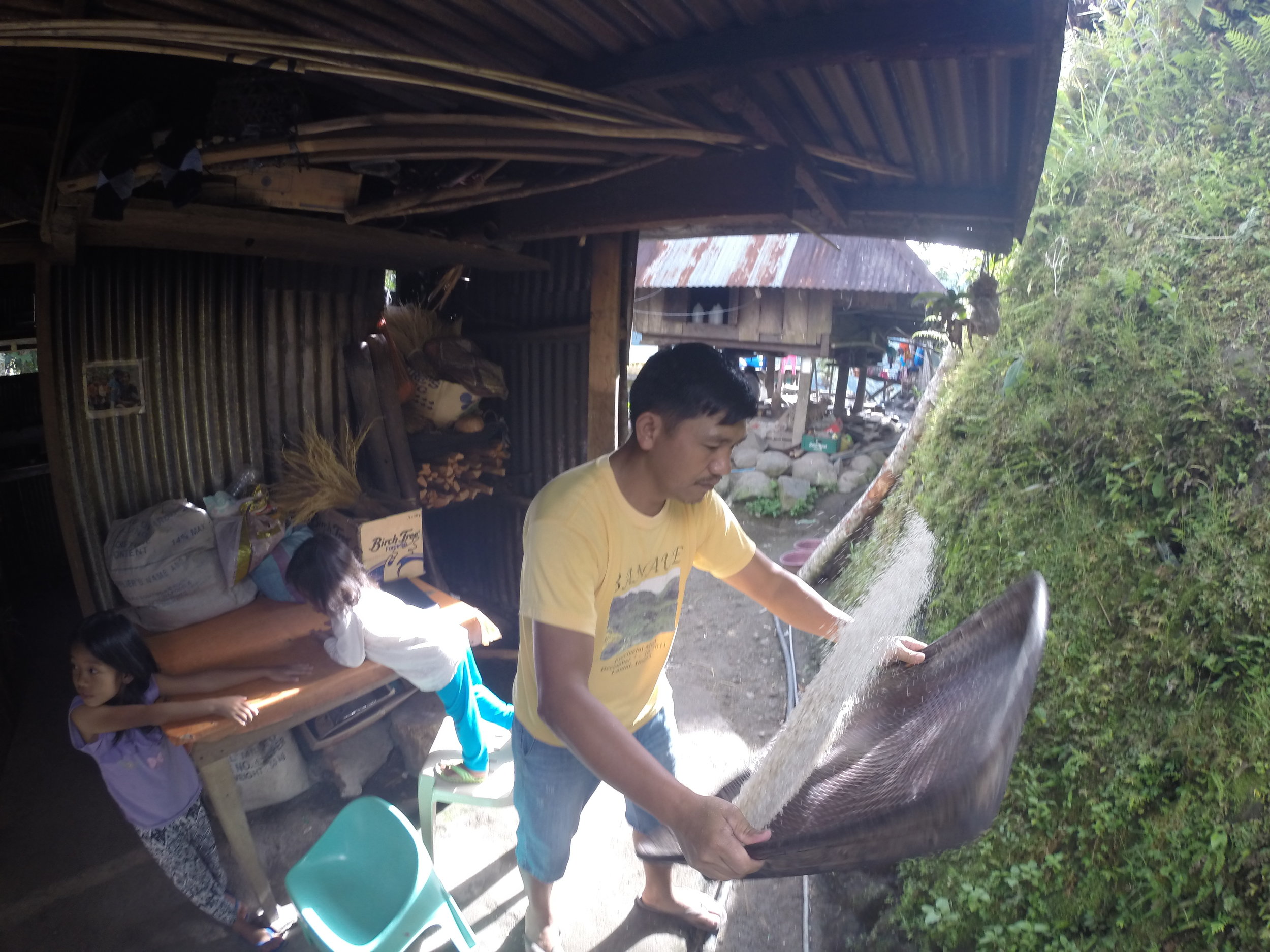
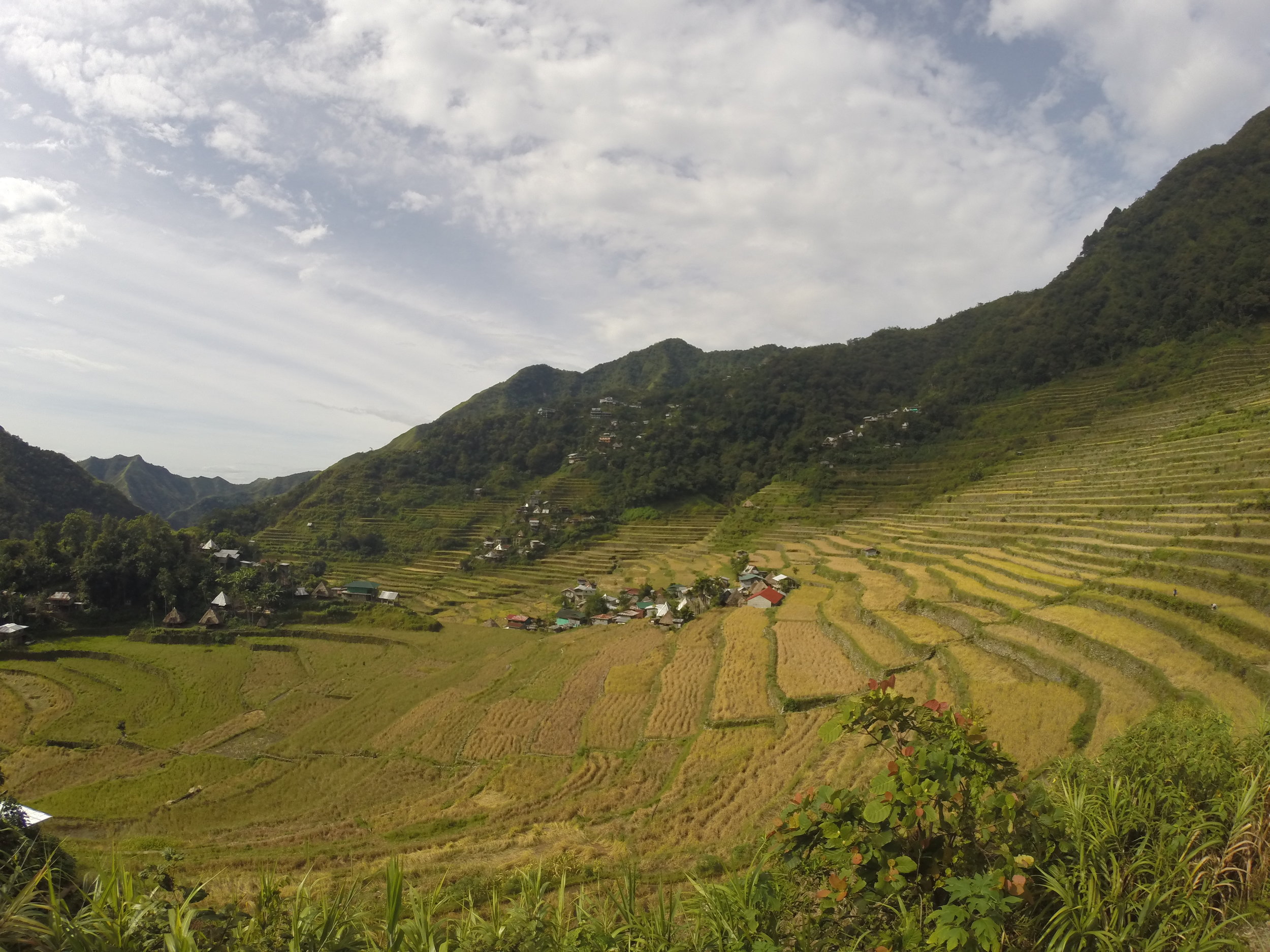

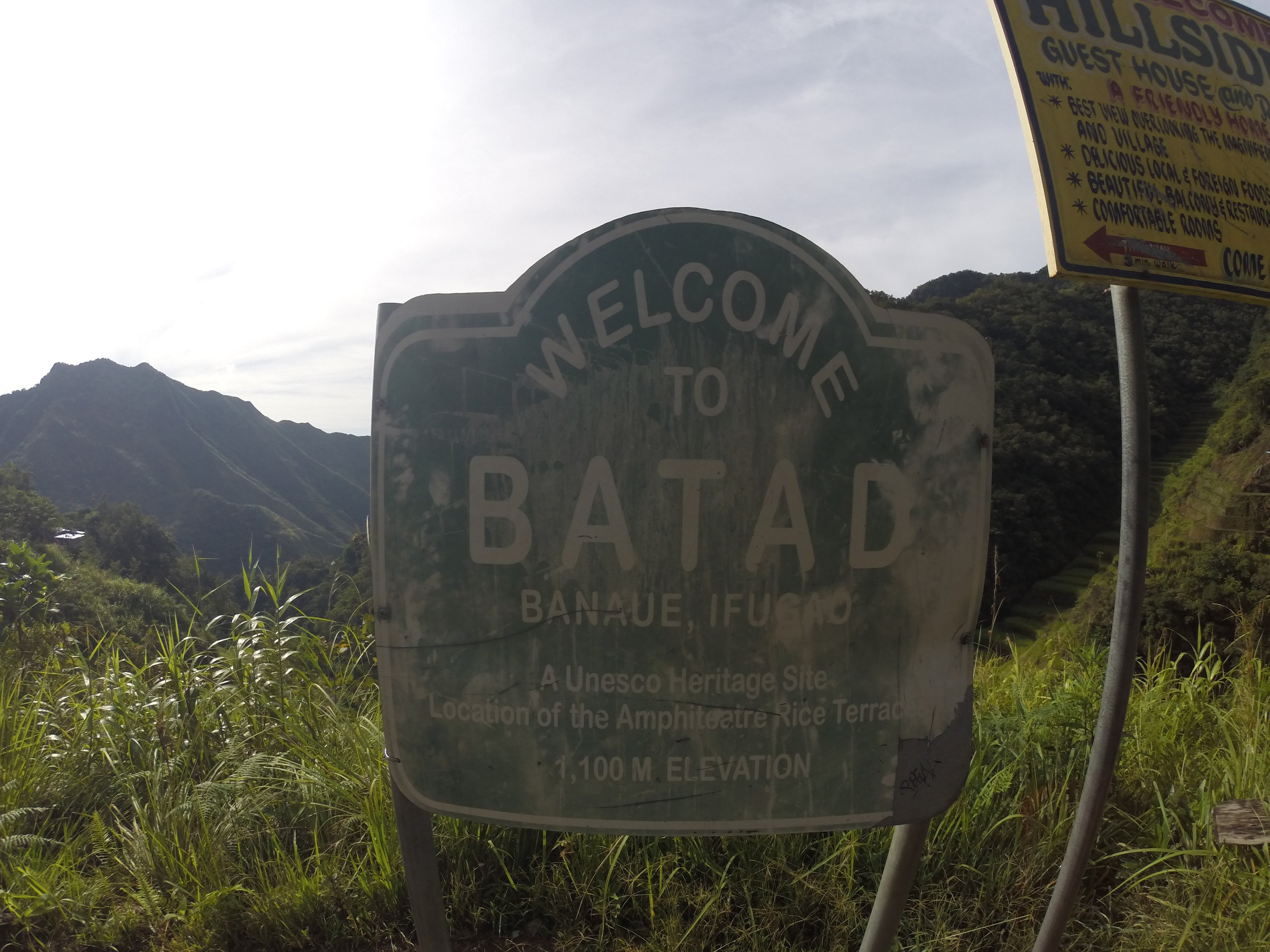
My favorite thing about the village was its solitude. There are no roads, no cars, and no motorcycles when you reach the village. There are plenty of hiking trails throughout the area leading to other villages, mountain tops, and waterfalls. It is a very tranquil place full of fresh mountain air.
Language, Food, and Palawan
Due to Spanish, American, and Japanese occupation at different stages, the Philippines has an interesting mixture to their language. While there are several different languages and dialects spoken across the country, Tagalog (Filipino) is the official language, along with English, of the country. Within Tagalog there are many Spanish words, English words, a few words from Indonesian/Malaysian, and a couple from Japanese. There may even be words from other languages. There would be many moments where I would look up as my ears caught the sounds of English words only to find a group of Filipinos speaking Tagalog.
The food is primarily rice and meat and it is not a hospitable place for vegetarians. I must thank the Spanish for the food, empanadas and longaniza, that I really enjoyed. However, there are plenty of Filipino dishes I am not looking forward to eating again such as Balut (egg with a partially developed embryo inside), chicken heads on a skewer, pork blood stew, and I even walked into a restaurant where they told me that only dog was on the menu. I walked out.
Even though my favorite experiences occurred in the mountains, I spent most of my time down south in the islands of Palawan and Coron. The landscapes around these islands are beautiful and reminded me of Ha Long Bay in Vietnam but on a smaller scale. The diving in Palawan had beautiful coral and a large diversity of fish. Each dive was enjoyable and the diving in Coron brought me up close to a number of Japanese ships that were sunk by the Americans during WWII.

